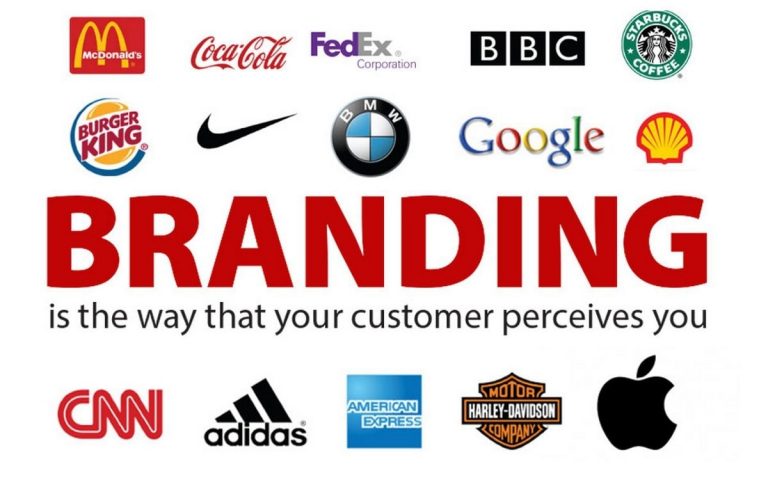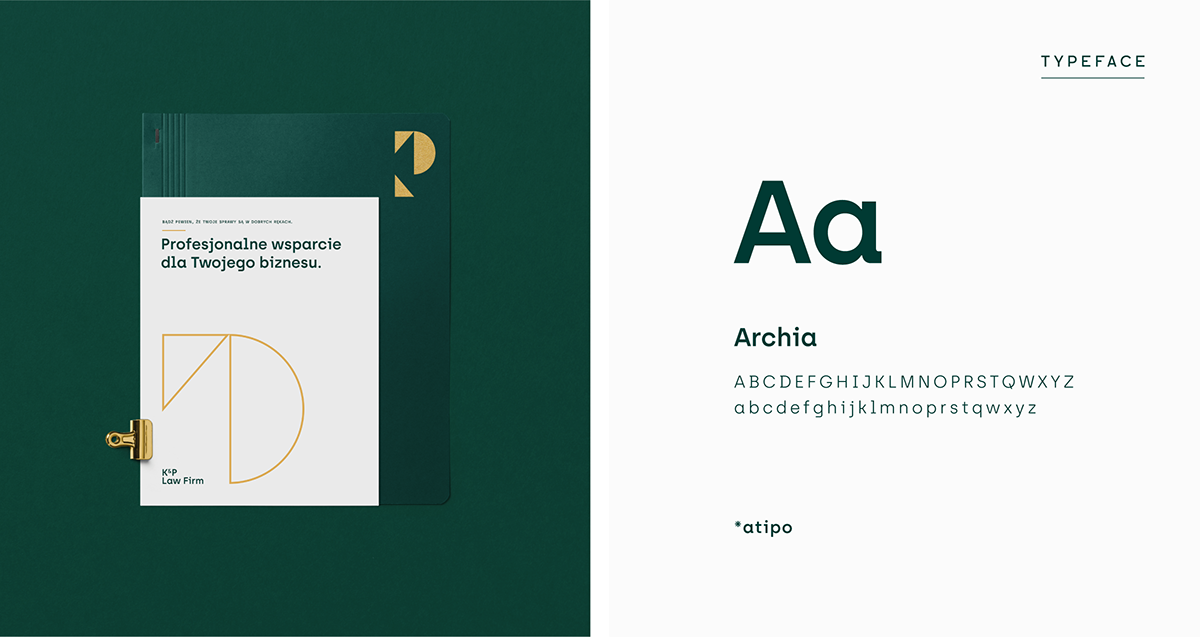Good health quotations serve as guiding lights on our wellness journeys, offering inspiration and motivation when we need it most. These powerful words from notable figures can transform our mindset, prompting us to take charge of our health and well-being in unexpected ways.
From motivational messages to humorous quips, health quotations come in various forms and can profoundly impact our perceptions of health. By exploring these quotes, we uncover not just wisdom from famous personalities but also the potential for personal reflection and growth.
Importance of Good Health Quotations
Good health quotations serve as powerful reminders of the significance of maintaining our physical and mental well-being. They have the ability to inspire individuals to prioritize their health, making positive lifestyle changes and fostering resilience in the face of challenges. Often, these quotations encapsulate wisdom and insights gained from personal experiences, which can resonate deeply and motivate us to take action.The role of good health quotations extends beyond mere words; they can act as catalysts for change.
For instance, Mahatma Gandhi famously stated,
“It is health that is real wealth and not pieces of gold and silver.”
This perspective elevates health to its rightful place, emphasizing its importance over material possessions. Similarly, renowned figures like Hippocrates, who proclaimed,
“Let food be thy medicine and medicine be thy food,”
continue to inspire individuals to view nutrition as a vital component of health. Such quotes not only motivate but also encourage a proactive approach to health and wellness.
Influence of Motivational Quotes on Health and Wellness
The psychological impact of motivational quotes on health cannot be overstated. They have the unique ability to uplift spirits, reinforce positive thinking, and foster a sense of community among those striving for better health. When individuals confront challenges related to their health, motivational quotes can serve as affirmations, reminding them of their strength and resilience.Several studies have highlighted the benefits of incorporating motivational phrases into daily life.
The presence of positive affirmations can significantly reduce stress levels and improve overall mood, which is essential for maintaining good health. For instance, a study published in the Journal of Health Psychology found that individuals who engaged with motivational health quotes reported higher levels of self-efficacy and lower levels of anxiety related to health issues. This suggests that the right words, at the right moment, can empower individuals to take charge of their health journey.To further illustrate the impact of health quotations, consider the following examples from well-known figures who have used their voices to promote health awareness:
- Nelson Mandela: “It always seems impossible until it’s done.” This quote encourages perseverance in overcoming health challenges.
- Mother Teresa: “It is not how much we have, but how much we love.” This statement highlights the importance of emotional well-being in overall health.
- Dr. Maya Angelou: “I’ve learned that people will forget what you said, people will forget what you did, but people will never forget how you made them feel.” This reflects the impact of emotional health on overall wellness.
These powerful words resonate across generations, encouraging individuals to prioritize their health and inspire others along the way. The influence of motivational quotes on health and wellness is profound, showcasing the power of language in shaping our attitudes and behaviors towards our well-being.
Types of Good Health Quotations
Health quotations come in various forms and styles, each reflecting different attitudes and messages about wellness. These categories can motivate, inspire, or even bring humor to the often serious subject of health. Each type serves a unique purpose and can resonate differently with individuals based on their personal experiences and perspectives.Understanding the different categories of health quotations can help individuals find the right words to uplift their spirits, motivate change, or simply bring a smile in challenging times.
Here are some distinct categories of health quotations along with examples and their significance.
Motivational Health Quotations
Motivational quotes aim to inspire action and determination towards achieving health goals. They often emphasize resilience and the power of mindset.
“The greatest wealth is health.” – Virgil
This quote serves as a reminder that prioritizing health is crucial for overall happiness and success in life.
“Take care of your body. It’s the only place you have to live.”
Jim Rohn
This emphasizes personal responsibility in maintaining health, motivating individuals to adopt healthier lifestyles.
Inspirational Health Quotations
Inspirational quotations are meant to uplift and encourage individuals to pursue their health journeys with optimism and hope.
“Health is the first muse, and sleep is the condition to produce it.”
Ramon Gomez de la Serna
This quote inspires individuals to appreciate the importance of rest and recovery as fundamental aspects of good health.
“To enjoy the glow of good health, you must exercise.”
Gene Tunney
This statement highlights the essential role of physical activity, motivating people to incorporate exercise into their daily routines.
Humorous Health Quotations
Humorous quotes about health can lighten the mood around health-related discussions, making the topic more approachable and relatable.
“I have a great diet. I just do it in a restaurant.” – Unknown
This quote adds a humorous twist to dietary struggles, allowing individuals to laugh at their challenges while recognizing the importance of moderation.
“I told my doctor I broke my arm in two places. He told me to stop going to those places.”
Henny Youngman
This funny remark provides a light-hearted perspective on health issues, reminding us that maintaining wellness can also involve a sense of humor.Diverse perspectives offered through different types of health quotations can significantly influence personal health journeys. While motivational quotes might ignite the spark for change, inspirational quotes can provide the perseverance needed to continue, and humorous quotes can help alleviate stress.
Together, these quotations serve as tools that individuals can use to navigate their unique paths to better health.
Health Quotations from Influential Figures
Health quotes from influential figures often serve as powerful reminders of the importance of wellness. These quotes transcend time and culture, promoting a collective understanding of health not just as the absence of illness, but as a holistic approach to living well. The reflections of doctors, athletes, and activists on health can inspire individuals to adopt healthier lifestyles and advocate for better health practices within their communities.Throughout history, many influential figures have shared their insights on health, emphasizing its fundamental role in personal and societal well-being.
The context in which these figures made their statements provides valuable insight into their significance. Below are some impactful health quotations, along with the philosophies behind them.
Notable Health Quotations
The following quotations highlight the diverse perspectives of various influential figures regarding health:
-
“It is health that is real wealth and not pieces of gold and silver.”
-Mahatma GandhiThis quote reflects Gandhi’s belief that good health is the foundation of a fulfilling life, emphasizing the importance of physical and mental well-being over material wealth.
-
“Take care of your body. It’s the only place you have to live.”
-Jim RohnJim Rohn, a renowned motivational speaker, emphasizes the necessity of caring for one’s body, highlighting the idea that health is not something to be taken for granted.
-
“Physical fitness is not only one of the most important keys to a healthy body, it is the basis of dynamic and creative intellectual activity.”
-John F. KennedyThis statement underscores JFK’s belief in the connection between physical fitness and mental acuity, advocating for an integrated approach to health.
-
“When health is absent, wisdom cannot reveal itself, art cannot become manifest, strength cannot be exerted, wealth is useless, and reason is powerless.”
-HerophilusAs a pioneering physician in ancient Greece, Herophilus highlights the fundamental role of health in unlocking human potential and capability.
-
“You can’t use up creativity. The more you use, the more you have.”
-Maya AngelouThough not directly about health, Angelou’s words can be interpreted to reflect the relationship between emotional well-being and creative expression, integral components of holistic health.
These quotations offer a glimpse into the philosophies of their authors. Gandhi’s spiritual approach contrasts with Rohn’s practical advice, while Kennedy’s focus on physical fitness links well-being to intellectual capacity. Each figure contributes to a broader understanding of health that encompasses physical, mental, and emotional dimensions. By sharing their insights, they inspire others to prioritize health in their lives, fostering a culture of wellness that can ripple through generations.
Crafting Personal Health Quotations
Personal health quotations can serve as powerful reminders of our beliefs and experiences regarding well-being. By crafting your own health quotes, you not only express your views but also inspire others to reflect on their health journeys. These personalized words can resonate deeply with both you and those who read them, serving as mantras or guiding principles in promoting a healthier lifestyle.
Articulating your thoughts on health into inspiring quotes can be a fulfilling exercise. It helps clarify what health means to you, allowing for a deeper understanding of your values and aspirations. This process can also foster creativity, enabling you to communicate your personal insights effectively. Below are steps to guide you in creating meaningful health quotations.
Steps to Articulate Personal Health Quotations
Creating your own health quotations involves reflection and expression. The following steps Artikel how to transform your thoughts into impactful statements:
1. Reflect on Personal Experiences
Consider moments in your life that shaped your views on health. Think about challenges you’ve faced, lessons learned, and breakthroughs achieved. Jot down these reflections.
2. Identify Core Beliefs
From your experiences, extract key beliefs about health. What principles do you hold dear? It could be about nutrition, exercise, mental well-being, or a balanced lifestyle.
3. Choose a Tone and Style
Decide how you want your quote to sound. Do you prefer a motivational, humorous, or serious tone? The style should reflect your personality and the message you want to convey.
4. Craft the Quote
Start writing! Keep it concise and impactful. Use metaphors or analogies if they enhance the message. For example, “Health is the root; wellness is the bloom.”
5. Edit and Refine
Review your quotation for clarity and strength. Ensure it conveys the intended message effectively. Sometimes, less is more—trim any unnecessary words.
6. Share and Inspire
Once satisfied, share your quote with friends, family, or on social media. Your words might resonate with someone and inspire them on their health journey.
“Your health is an investment, not an expense.”
The impact of self-created quotations can be profound. When shared, they have the potential to encourage others to prioritize their health. Here are some examples of personal health quotations that demonstrate how individual perspectives can inspire and motivate:
- “Every step towards health is a step towards happiness.”
- “Nourishing my body is my ultimate act of self-love.”
- “A healthy mindset leads to a healthy life.”
- “Fitness is not a destination; it’s a way of life.”
- “Wellness begins with the choices I make today.”
These quotations not only reflect personal beliefs but also motivate others to think about their health. By crafting personal health quotations, you contribute to the broader dialogue on well-being, inspiring a community to embrace healthier lifestyles together.
Health Quotations in Popular Culture
Health quotations often permeate popular culture, shaping perceptions of wellness and influencing behaviors. From films and books to social media, these quotes resonate deeply with audiences, serving as reminders of the importance of health in everyday life. Whether humorous, motivational, or profound, they can inspire individuals to prioritize their well-being and motivate positive lifestyle changes.Analyzing the representation of health quotations in popular culture reveals how these phrases can encapsulate complex ideas about health in a digestible manner.
Movies, television shows, and literature frequently include impactful quotes that resonate with audiences, highlighting the relationship between mental and physical health. These representations often reflect societal values and the evolving understanding of health and wellness.
Key Health Quotations in Media
Numerous phrases from popular culture have remained etched in the minds of audiences, often becoming catchphrases or mantras. These quotations emphasize various aspects of health, from physical fitness to mental well-being. Below are some notable examples that exemplify the impact of health messages in popular media:
-
“Health is wealth.”
This phrase, widely used in various contexts, underscores the idea that good health is the foundation for a fulfilling life.
-
“You are what you eat.”
Popularized in health documentaries and books, this saying emphasizes the connection between nutrition and overall health.
-
“An apple a day keeps the doctor away.”
This age-old adage suggests that a healthy diet can lead to better health outcomes, encouraging people to consume more fruits and vegetables.
-
“Your body is a temple.”
Frequently referenced in fitness and wellness discussions, this quote promotes the idea of respecting and caring for one’s body.
The influence of these quotations can significantly shape societal views on health and wellness. They often empower individuals to take charge of their health or inspire collective movements towards better lifestyle choices. For instance, phrases like “No pain, no gain” have become rallying cries in fitness culture, promoting the idea that hard work is a necessary component of health.Overall, health quotations in popular culture serve as powerful tools for education and motivation, helping to cultivate a societal emphasis on the importance of both physical and mental well-being.
Sharing Good Health Quotations
Sharing health quotations effectively can inspire and motivate others to prioritize their well-being. With the rise of social media and digital communication, disseminating these uplifting quotes is easier than ever. Engaging audiences through various platforms can foster a sense of community around shared health beliefs, encouraging dialogue and support.To maximize the impact of health quotations, consider using different methods tailored to specific platforms.
For instance, visual quotations work exceptionally well on platforms like Instagram and Pinterest, while longer, thought-provoking quotes may resonate better on Facebook or LinkedIn.
Best Practices for Presenting Quotations
When sharing health quotations, employing best practices can enhance engagement and reach. Below is a table summarizing effective strategies:
| Platform | Best Practice | Description |
|---|---|---|
| Use Eye-Catching Graphics | Create visually appealing images that incorporate the quotation, using vibrant colors and clear fonts. | |
| Encourage Discussion | Post quotes with a related question or prompt to invite comments and shares from your audience. | |
| Utilize Hashtags | Include relevant hashtags to increase visibility and connect with users interested in health topics. | |
| Include Personal Reflection | Share a professional insight or personal story related to the quotation to foster deeper engagement. | |
| Create Boards | Organize quotations into themed boards focused on different aspects of health and wellness. |
By implementing these practices, you can create a more dynamic and engaging experience for your audience, making the sharing of health quotations a collaborative and enriching endeavor. Forming communities around shared health beliefs is essential; it not only strengthens connections but also promotes a supportive environment where individuals can motivate each other to pursue healthier lifestyles and well-being.
Reflecting on Health Quotations
Reflecting on health quotations is a vital practice for personal growth and self-improvement. These quotations can serve as guiding lights, inspiring individuals to pursue healthier lifestyles and foster a more positive mindset towards their well-being. By taking the time to reflect on these sayings, one can unlock deeper meanings that resonate with their personal health journeys.Evaluating how particular health quotations align with individual health goals is crucial for meaningful reflection.
This process helps in identifying areas for improvement and recognizing the motivation required to achieve desired outcomes. The resonance of a quotation can illuminate one’s values, driving them to make actionable changes in their lives.
Reflective Exercise: Journaling About Health Quotations
Engaging in a reflective exercise like journaling can intensify the impact of health quotations. Below is a structured approach to help participants dive deeper into their favorite health sayings:
1. Choose a Health Quotation
Select a health quotation that resonates with you. It could be something that inspires you, challenges you, or reflects your beliefs about health.
2. Initial Reaction
Write down your immediate thoughts and feelings about the quotation. What emotions does it evoke? Does it inspire you to change or reaffirm your current path?
3. Connection to Personal Health Goals
Reflect on how this quotation relates to your specific health goals. Are there aspects of your health journey that this quotation emphasizes or highlights?
4. Barriers and Challenges
Consider any barriers or challenges you face regarding health that are addressed by the quotation. How can it motivate you to overcome these obstacles?
5. Action Steps
Identify actionable steps you can take inspired by the quotation. Write down at least three small changes you can implement in your daily routine that align with the message of the quote.
6. Progress Reflection
Revisit your journal after a month. Reflect on any changes you’ve made and how they relate to the quotation you chose. What have you learned about yourself?This reflective practice not only deepens understanding but also fosters a continuous cycle of motivation and growth towards better health.
Epilogue
In summary, good health quotations encapsulate the essence of wellness, inspiring us to reflect on our own beliefs and experiences. By sharing and crafting our own quotes, we can foster a community of support and motivation, encouraging one another to prioritize our health and embrace a positive lifestyle.
FAQ Compilation
What are good health quotations?
Good health quotations are statements or phrases that inspire, motivate, or provoke thought about health and wellness.
How can I use health quotations in my daily life?
You can use health quotations as daily affirmations, reminders, or motivation by displaying them in your home or sharing them on social media.
Can creating my own health quotations be helpful?
Absolutely! Crafting your own quotations can help you articulate your beliefs and experiences, making them more personal and impactful.
Where can I find health quotations?
Health quotations can be found in books, online platforms, speeches, and even popular media like movies and music.
Why are health quotations important?
They serve as inspiration and motivation, encouraging individuals to prioritize their health and make positive lifestyle choices.













